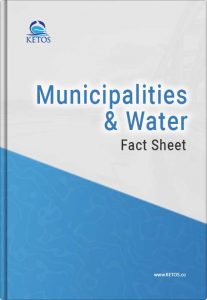Download This Industry Fact Sheet
Have A Question? Request Your Demo >
"*" indicates required fields
Municipalities and Real-time Water Quality Monitoring Systems
 KETOS, an automatic water quality monitoring system, provides accurate, real-time monitoring for environmental factors, heavy metals, fluoride levels, chlorine, and other water-related parameters. Monitoring your water is straightforward via an interoperable system that uploads data to the cloud for 24/7 access. Companies using KETOS can easily plug it into existing systems and centralize water data. They can also sample water strategically across municipal operations to simultaneously test for 30+ parameters via a multi parameter water quality sensor.
KETOS, an automatic water quality monitoring system, provides accurate, real-time monitoring for environmental factors, heavy metals, fluoride levels, chlorine, and other water-related parameters. Monitoring your water is straightforward via an interoperable system that uploads data to the cloud for 24/7 access. Companies using KETOS can easily plug it into existing systems and centralize water data. They can also sample water strategically across municipal operations to simultaneously test for 30+ parameters via a multi parameter water quality sensor.
With a digital water solution like KETOS, facilities that manage drinking water and wastewater can finally achieve water intelligence based on real-time data. Visualization of data helps water operators understand water in one glance and act on the fly based on automated reporting, threshold-based alerting, and predictive analysis.
Download the Municipal Water Fact Sheet
Want more insights into municipal water operations and how water monitoring plays a pivotal role? Download our Municipal Water Fact Sheet to gain insights on:
- municipal water operations and their reliance on water testing
- concerns around municipal water and local water supplies
- how KETOS solves water dilemmas around municipal water monitoring and water quality
- how digital water approaches can transform a community’s relationship with water
How is Water Used in Municipalities?
Water is essential to the function of any town, city, or region, and ensuring households and businesses have access to safe, clean water (while also removing and treating wastewater) remains a top priority.
On average, an American family uses 300 gallons of water daily. Local businesses also use large amounts of water, and without water access provided by and maintained by municipal services, life can grind to a halt.
The Quality of Water Matters to Municipality Water Operators
When it comes to household water delivery, water operators must monitor water constantly and consistently to avoid contamination events and to ensure tap water can be safely used and consumed. Wastewater is an essential aspect of a municipality too, and treating wastewater before releasing it back into the environment can protect local water supplies (such as surface water, wells, aquifers, and groundwater) from spikes in contaminants such as heavy metals, sulfates, or nutrients.
Importantly, as climate change continues to affect water availability in various regions of the country, municipalities are seeking new ways to manage their water supplies. This involves understanding usage patterns, tracking the quality of water in real-time to react faster, and initiating water recycling programs.
Monitoring That’s Affordable and Automated
Today’s municipal water operators no longer have to rely on expensive approaches beyond their budget. Instead, digital water transformation via a water quality monitoring device can help water monitoring take less time, involve less manual labor, and put less stress on a community’s overall infrastructure budget.
KETOS is automated and can integrate with existing infrastructure. And, with everything managed on-site via a water quality monitoring device, public utilities like water and wastewater facilities can remove expensive third-party testing and hours of manual labor from their list of ongoing expenses. Extensive, transparent reporting also helps manage compliance, ensuring regulatory requirements are met and maintained.
Learn How Automated Water Sampling Saves Cities & Businesses Hundreds of Hours Each Year…
KETOS Awards
















